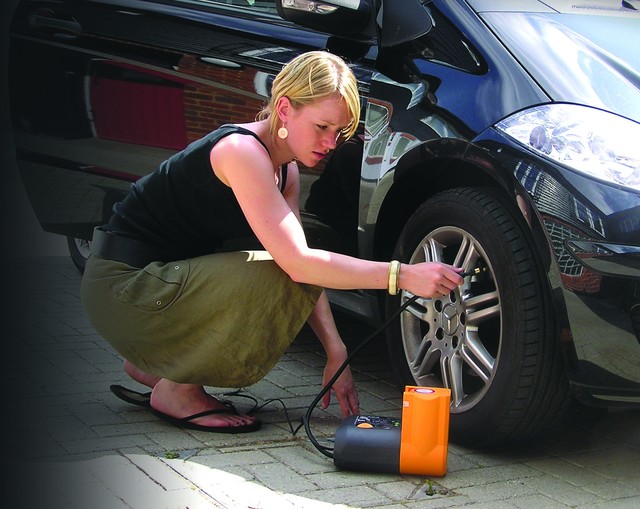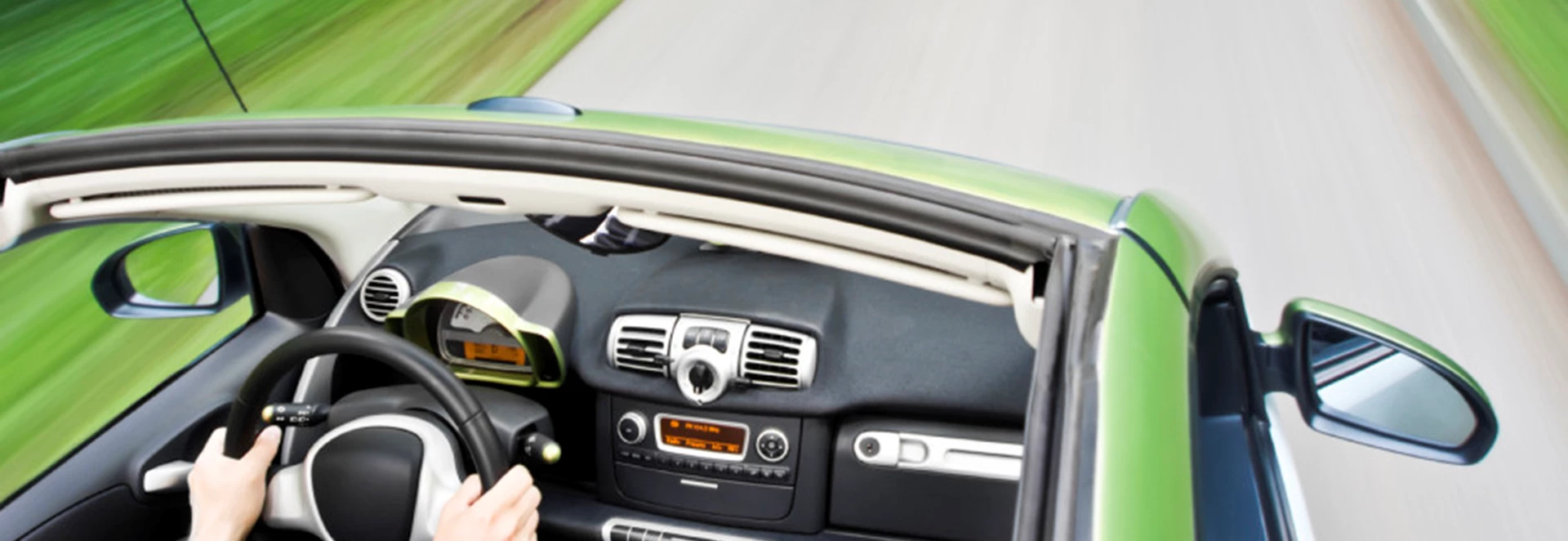Looking to save money on your car’s fuel bill? Who isn’t? But there are several simple but very effective things you can do to change both your car and how you drive it, which should lead to great money savings in the long term.
Here are our easy-to-follow tips to making your petrol or diesel-run car more fuel efficient.
Ways to help you save fuel
Make your car lighter
The heavier a car is, the more effort the engine needs to put in for it to keep the car moving. This subsequently increases fuel consumption. If you want to reduce fuel trips in the long term, keeping your car as light as you can make it is very beneficial.
How to make your car lighter
Even ridding your car of small items, such as litter, can have a positive effect on fuel efficiency.
It is also handy to remove items which you might only need to occasionally keep in or on the car such as a roof rack or child car seat. One definite exception to this suggestion, however, should be the spare tyre, no matter how tempting. Hopefully you’ll never need to use it, but if you have such a thing in your car, it is always worth keeping onboard.
If you are at all unsure as to what particular items are worth keeping inside day by day, then check out our guide on things to keep in your car.
Change your driving style
This isn’t to suggest the way you drive is incorrect, but a few alterations to how you approach certain situations on the road can make a significant difference to your car’s fuel economy.
How to drive economically
For instance, when approaching a junction or a red light, lifting off the accelerator shortly before your stopping point is more efficient than braking harshly just before you need to stop.
A gentler driving method which requires less braking and which keeps engine revs low (in other words don’t floor it) is far better for fuel economy than an aggressive stop-start manner.
Check the pressure of your tyres
Checking your tyres are at the correct pressure levels on at least a monthly basis is an important thing which all car owners should do, and not only for safety reasons either. Tyre pressures also have a significant impact on fuel economy.
If the tyres on your car are underinflated or overinflated, they will offer less traction and grip and the engine will therefore need to work harder to keep the car moving. Remember that tyres not only gradually deflate over time, but their pressure will decrease further when the weather is cold. Tyre pressure is also affected in the opposite fashion in hot weather.

Checking your tyre pressures
Use a reliable pressure gauge to get an accurate reading on the current pressure levels on your tyres.
If you’re unsure what the optimum pressure levels for your tyres are, consult your vehicle owner’s handbook or alternatively there may be a guidance sticker you can read on the car’s door while it’s open.
Plan journeys before driving
Sometimes the most obvious route to drive to a destination is not the most efficient for your car.
Even an onboard sat-nav won’t necessarily take into account factors such as traffic jams, road works or difficult junctions.
Planning the most efficient route
If you know you’re going to be on the road for a while, it’d be worth checking out how many different routes you can take on an online map service (such as Google maps).
You could soon discover that one particular route has more fast roads, fewer slow turns and less areas where heavy traffic may build up.
Make the most of stop-start technology
A lot of new cars on today’s market feature engine stop-start technology, which temporarily shuts down the engine when the car is stationary, the gear stick is positioned in neutral and the driver's foot is off the clutch.
When it's active, this feature saves fuel and cuts emissions especially when you're waiting for a while at a red light or amidst a traffic jam.
Making the most of stop-start technology
If your car includes this gadget, it might be worth checking whether you’re using it to its full potential. A lot of cars with stop-start technology include some kind of switch which can turn the function on or off.
Some motorists may be concerned about having the technology switched on all the time if they are not expecting to stop for any long period during the journey. But there’s no concrete evidence out there to suggest that stop-start has a real detrimental effect to engines, and it can save a lot of cash long term even if the pauses you make are only brief.




